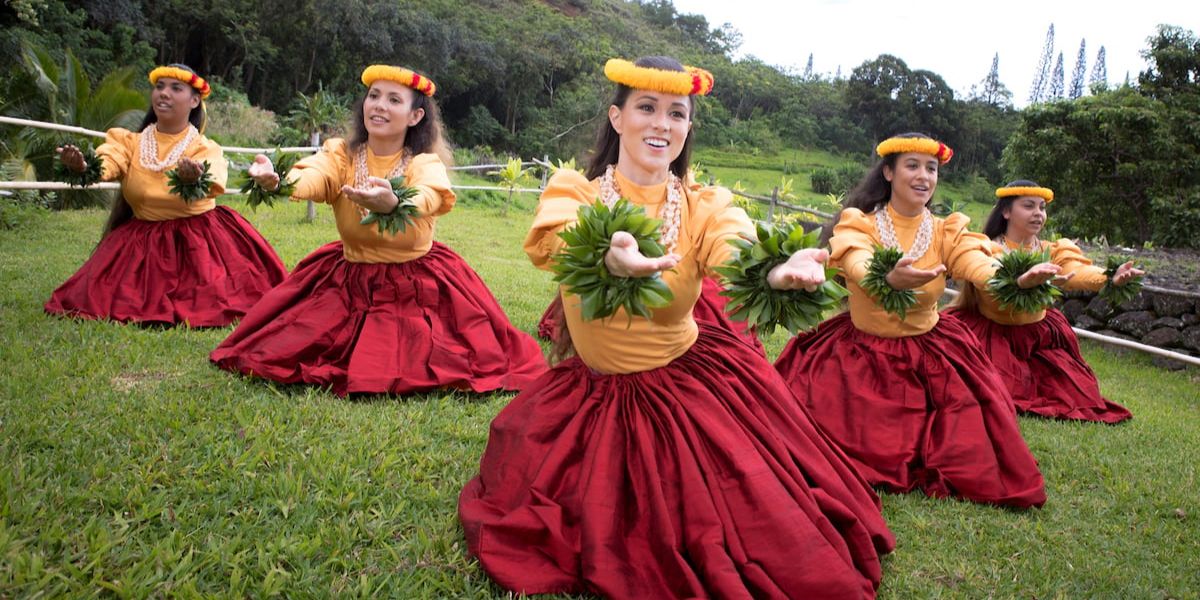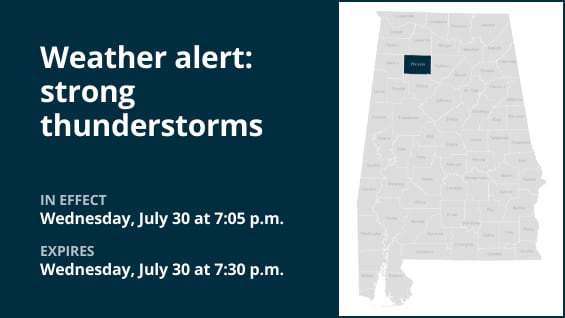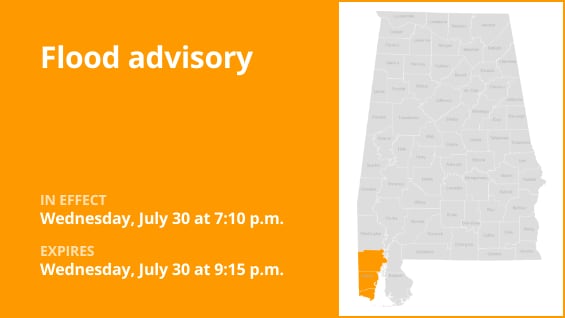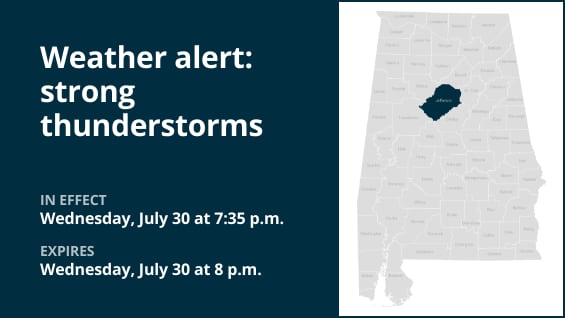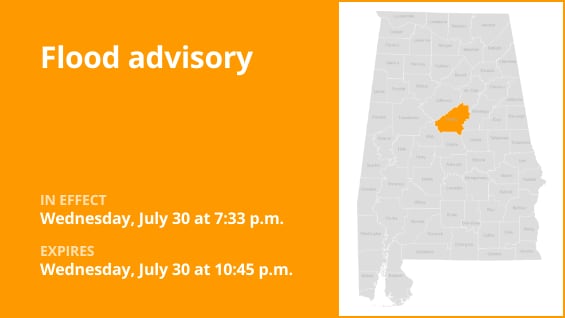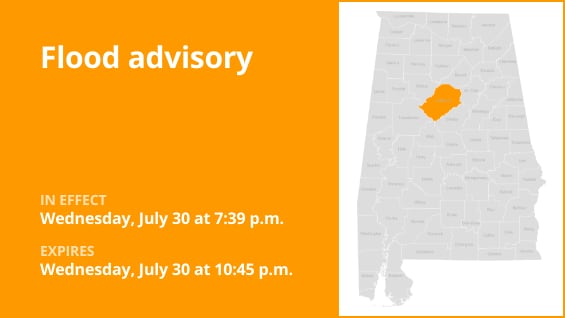The following ten prevalent misconceptions about Hawaii should be dispelled in order to present a more respectful and truthful picture of island life and culture:
In Grass Huts, everyone lives on the beach.
Hawaii is a contemporary state with a variety of architectural styles, thriving cities, and suburbs. The majority of the population does not reside in rudimentary huts or on beaches; Honolulu, for instance, is a large city with malls, offices, and condominiums.
The weather is always sunny and ideal.
Hawaii receives a lot of rain, although the other islands have nice weather for the majority of the year. For example, Honolulu receives rain on more than 150 days a year, and some areas of Kauai are among the wettest places on the planet.
Any Hawaii resident can be considered a native Hawaiian.
“Native Hawaiian” refers exclusively to those who are descended from the indigenous Polynesian occupants of the islands. Being Native Hawaiian is not the same as being from Hawaii, as many of the residents are Asian, Caucasian, or of other ethnicities.
Everyone enjoys water sports and can surf.
Although surfing is a popular Hawaiian pastime, not all residents take part in it. Not all islanders spend their leisure time in the ocean, and many of them are not surfers.
Only Tourists Can Experience the Aloha Spirit and Hula
The hula is a significant traditional dance that is closely linked to storytelling and heritage—not just tourist entertainment—and the aloha spirit is a true cultural value that emphasizes kindness and respect.
The world’s largest pineapple crop is grown in Hawaii.
The majority of pineapples now come from other nations, and Hawaii produces less than 2% of the world’s total. Pineapple is just one crop among many in the broad field of agriculture.
Maui and Waikiki Are the Only Deserving Locations
Hawaii is made up of eight main islands, and each one has its own distinct experiences and sceneries, ranging from lush to volcanic to rural to metropolitan.
Is Hawaiian Culture Simple or Uniform?
With its distinctive cuisine, music, language (including pidgin), spiritual beliefs, and complex rituals, Hawaiian culture is a rich fusion of old Polynesian traditions and influences from numerous immigration groups.
There is a certain way to be Hawaiian, and everyone looks “Hawaiian.”
A complex blend of ancestries and high rates of interracial marriage characterize Hawaii’s extreme ethnic diversity. This variety is erased and harmful ideas are perpetuated when look or culture are stereotyped.
Local Life Is Problem-Free and Simply “Paradise”
Beyond its picturesque exterior, Hawaii is plagued by a number of severe problems, including homelessness, the high expense of living, and the legacy of colonialism, particularly as it relates to Native Hawaiians. Like anywhere else, daily living presents social, cultural, and personal problems.
Eliminating these misconceptions promotes a deeper, richer, and more complex understanding of Hawaii’s people, history, and contemporary culture than is suggested by popular media or tourist clichés.
